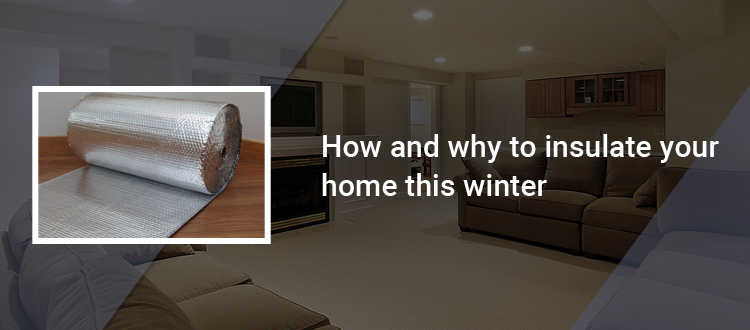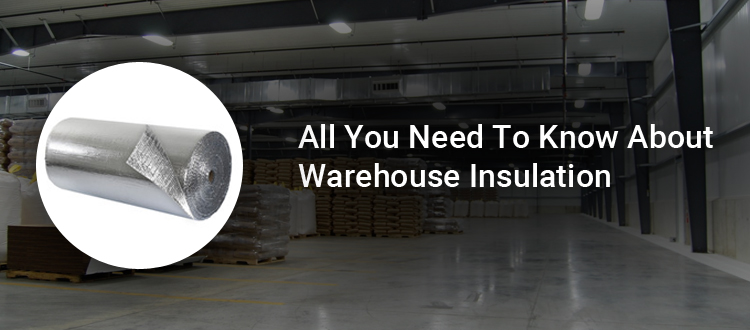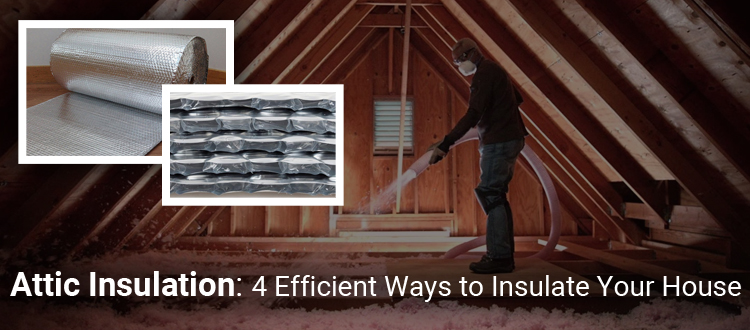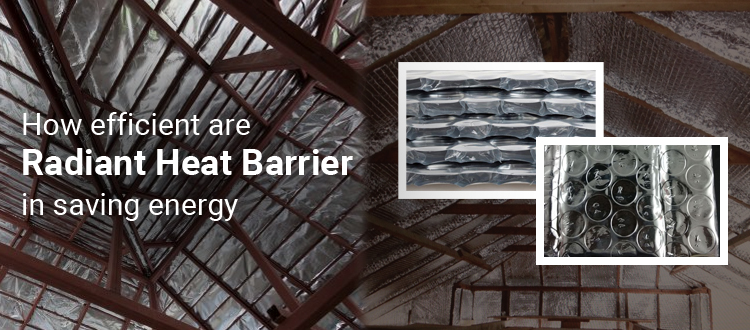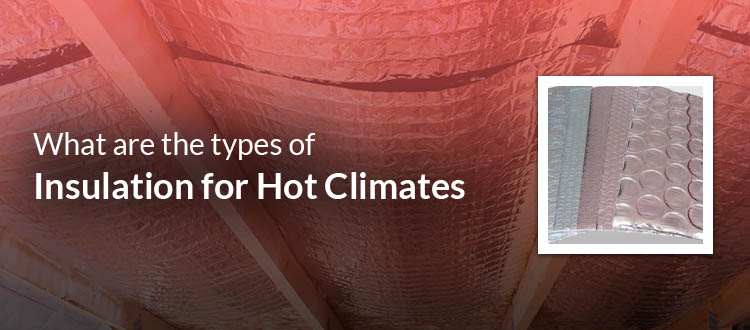We’ve been around talking to our people today and the environment is very buoyant. NEO’s people are glad to be back at work again and serve you with extra safe services.
A little bit apprehensive of course they are, but you can see all people are getting return into the swing of working. They’re getting used to social distancing.
We assure you that the working environment and atmosphere at the NEO is completely fantastic during the COVID-19 pandemic.
Everybody is happy to provide excellent customer service again.
The course of Action To Prevent The Spread Of COVID-19 Pandemic With Supporting Customer Service
The unpredictability caused by the COVID-19 pandemic has tremendously impacted distinct business cycles across the world. We are taking higher precautions for the protection of people and to reduce the chances of an increase of COVID-19 disease by following simple steps as mentioned below.
1 The initial step is, we ask our associates to check their body temperature when they’re at home because we know that temperature’s a vital indicator of this disease.
2. We have installed thermal cameras so we can check our employees’ temperatures when they come for services throughout the day.
3. Every one of our associates has access to full PPE to make them feel comfortable with coming back to work, including the safety visor. We’ve been producing these ourselves, and we’ve made sure every single person has access.
4. We put the safety of our NEO’s family and customers prior.
5. We provide sanitizer, and alcohol-based hand washes to clean hands often. All you know is that washing your hands with soap and sanitizer for at least 20 seconds, kills the viruses that may be present on your hands.
6. We, at the NEO, maintain the social distancing for a minimum of 1 meter while designing and manufacturing thermal insulation sheet material. So, if someone is having health issues like sneezing, cough, or at the time of speaking, your body should not come in contact with droplets, which may contain viruses.
7. NEO is advising the customers to stay at home with no worries. We deliver NEO products to your doorstep without any trouble.
8. Additionally, we are using a face mask and gloves to take extra precautions. It is advisable for NEO’s people not to touch the nose, eyes, ears, and mouth. These are the most important places viruses can enter into your body.
9. We are also offering the best packaging services for each order made at NEO.
10. It is recommended to the NEO’s people and its customers to follow the extra respiratory hygiene. All you need to wash your hands with running water regularly.
11. Immediately dispose of the used tissue. By doing this, you can protect all nearby people with infection.
12. Now, we are reaching out to our customers by delivering and providing the best NEO and installation services at their doorstep.
13. We offer our services through different digital mediums to the customers.
14. Furthermore, we are sanitizing each product at every milestone as well as after the final packaging of product material.
15. We promise our customers to give the best quality of the materials generated and constructed by NEO.
16. Importantly, we are dealing with the latest technical aspects, which makes every single requirement more beneficial.
17. Our experts are always happy to serve you better in all parts of material designing to delivery, as well as with the most important specifications, requirements, and queries during this COVID-19 pandemic situation.
18. In the end, we advise our customers to stay at home. Although we promise to give the best services and delivery at your doorstep. Stay safe.
Do’s
- Avoid close contacts with the sick person or those who are having cold or cough.
- Also, if you’re feeling sick, it’s better to stay at home.
- Always cover your mouth and face if you cough or sneeze.
- Stay at home quarantine, if you’re feeling sick. There’s still no vaccine available for COVID-19 disease. So, this is the one single way to prevent or stop other people from getting sick.
- It is importantly advisable to clean your regularly usable things for example doorknobs, tables, light switches, watches, the pen with some soap and water or sanitizer.
- You can also use different high-quality screen cleaners for your cell phones, tablets, and laptops.
- Wash your hands before eating anything and after coughing or sneezing with soap and water for at least 20 seconds immediately.
- Always use quality sanitizer with at least 60% alcohol.
Don’ts
- Do not share food or drinks.
- Do not share your personally used face mask and gloves.
- Also, if there is the shared washroom, all you need to use separate towels which are regularly washed and cleaned.
- Don’t touch any body part like mouth, eyes, nose, lips, ears when you’re outside or at any public place.
- Do not go near to anyone who is feeling sick.
Above all are the measures to prevent the spreading of COVID-19 pandemic.
We assure you to give the best in class strong as well as safe services with quality installation, delivery, product packaging to our customers with doorstep delivery by NEO thermal insulation.
Stay Safe and Stay Healthy!


